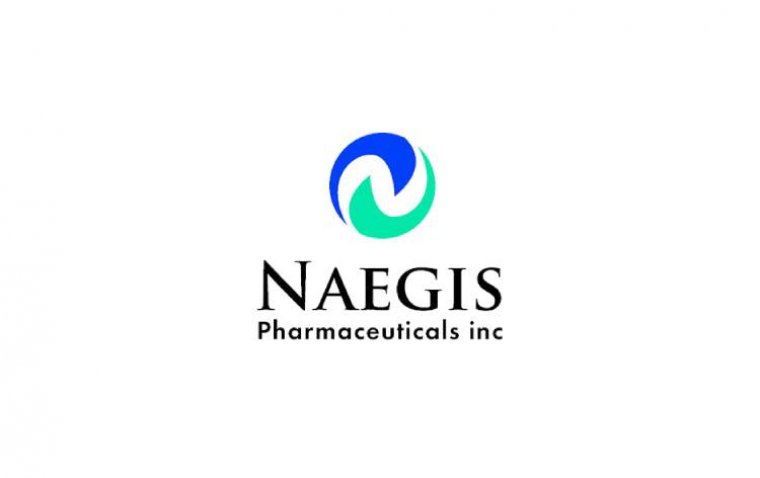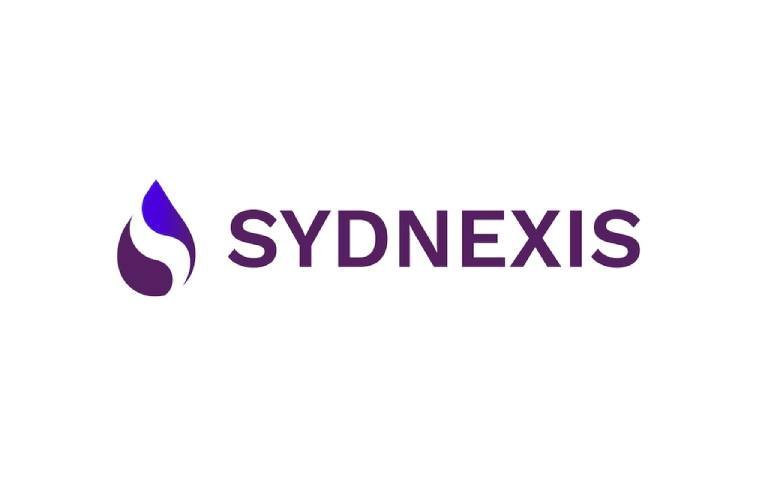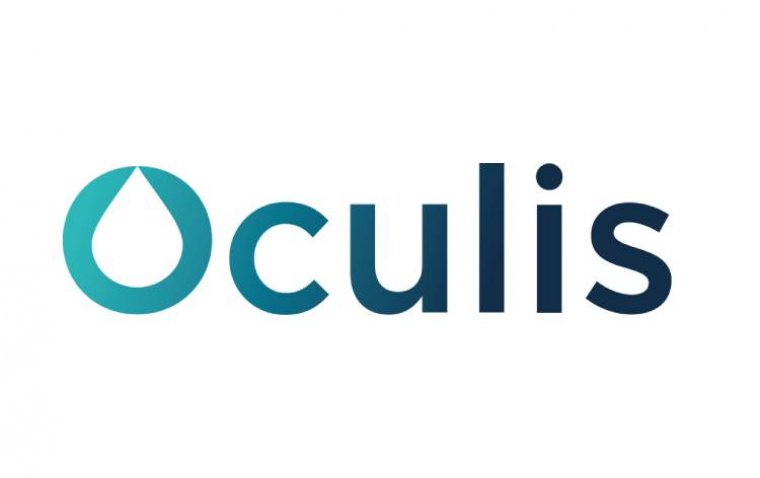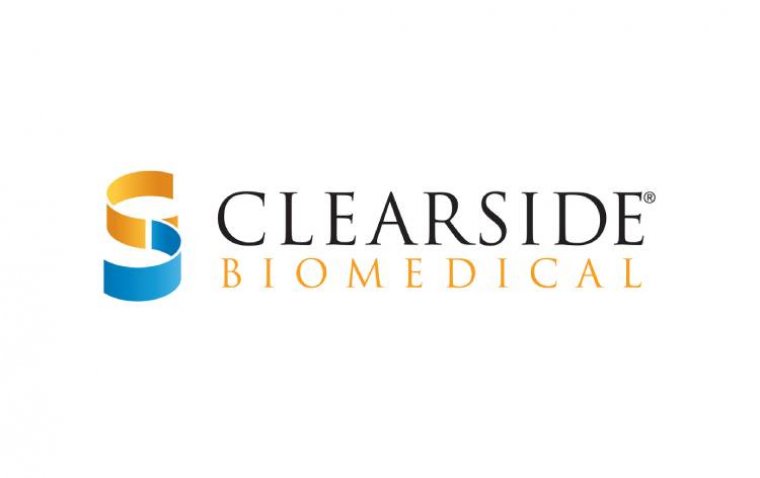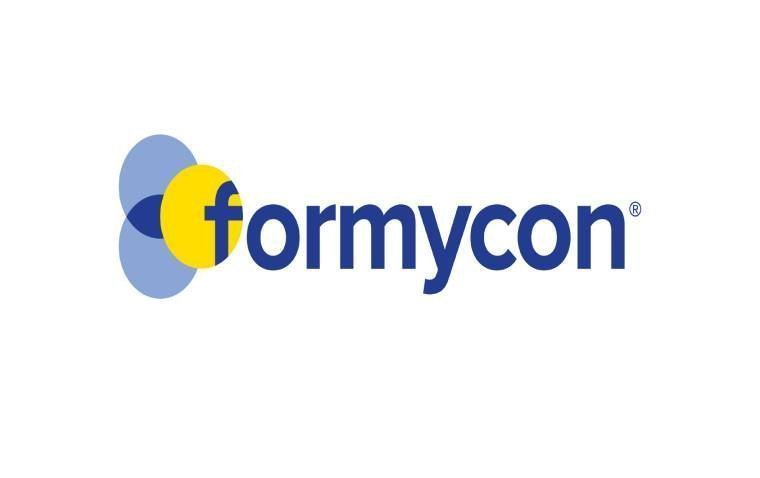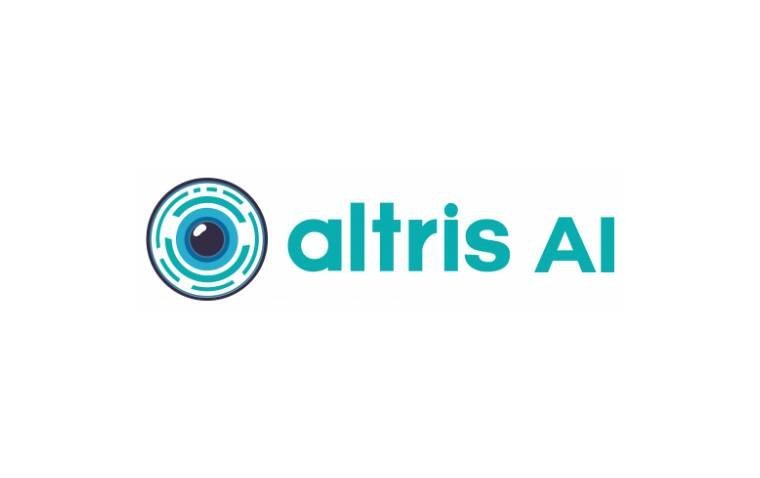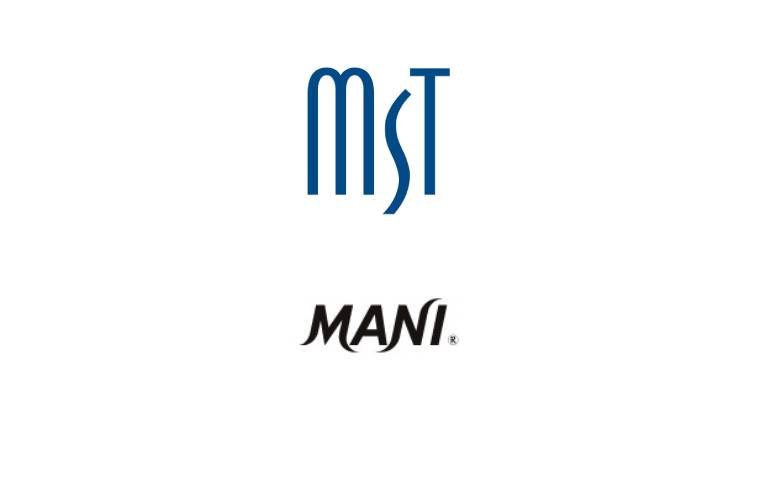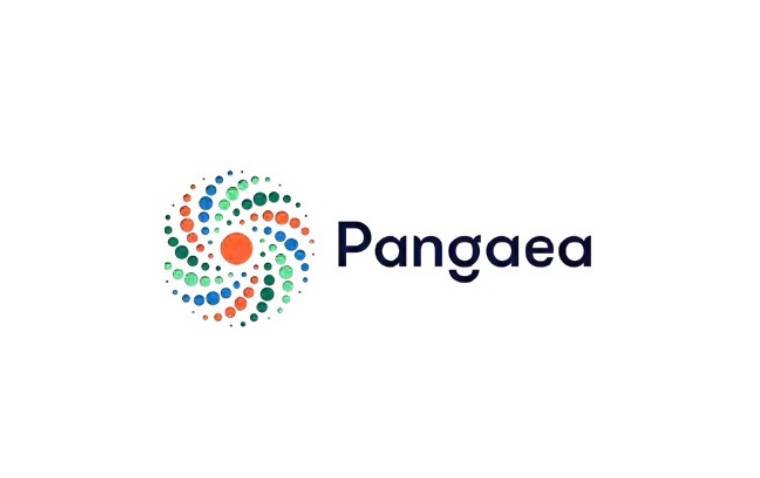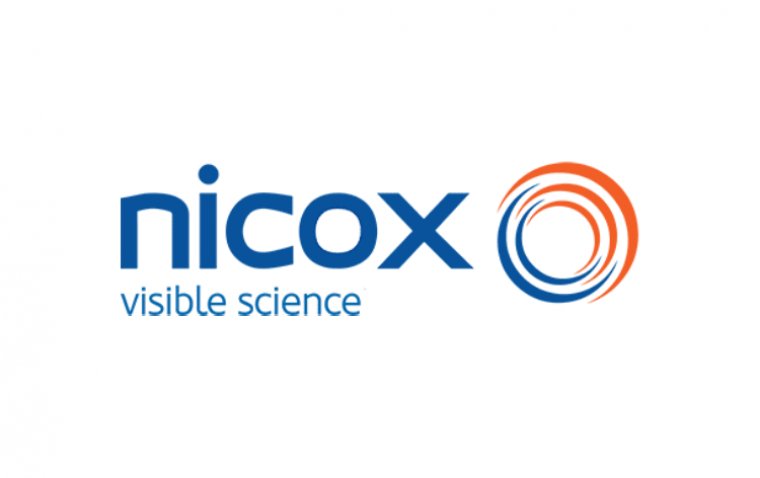
Nicox Announces Promising Phase 3 Results for Glaucoma Eye Drop
Nicox SA announced the results of its pivotal Mont Blanc Phase 3 trial, which compared the efficacy of its novel nitric oxide-donating bimatoprost eye drop, NCX 470, against latanoprost in reducing intraocular pressure (IOP) in patients suffering from open-angle glaucoma or ocular hypertension. These findings have been published in the esteemed American Journal of Ophthalmology, marking a significant milestone in the drug's development journey.
NCX 470's Role in Glaucoma and Ocular Hypertension Management
NCX 470 is at the forefront of Phase 3 clinical development, designed to offer a new treatment avenue for individuals grappling with these eye conditions. The trial's principal author, Robert Fechtner, MD, who also serves as professor and chairman of the Department of Ophthalmology at SUNY Upstate Medical University, Syracuse, New York, and chairman of Nicox’s U.S. Glaucoma Clinical Advisory Board, has played a pivotal role in this research.
Doug Hubatsch, the chief scientific officer at Nicox, expressed his satisfaction with the publication of the trial data, stating, "We are pleased to see the publication of these data in such a recognized and respected journal. The data from the Mont Blanc Phase 3 trial demonstrated the potential of NCX 470 and we look forward to seeing confirmation of this clinical profile in the upcoming results from the ongoing Denali Phase 3 trial, expected in H2 2025."
The Mont Blanc Phase 3 Trial: A Closer Look
The Mont Blanc trial was a comprehensive study involving 691 subjects, conducted in a double-masked, parallel-group format. Participants were initially assigned to different dosages of NCX 470 or latanoprost, with the study eventually focusing on the 0.1% NCX 470 dose for a 12-week period. The goal was to evaluate the effectiveness of NCX 470 in comparison to latanoprost, specifically its ability to reduce IOP from baseline at multiple time points.
The trial's results were promising, showing that NCX 470 0.1% effectively lowered IOP more significantly than latanoprost at all measured times, with notable reductions observed at 8 am and 4 pm across various weeks. Importantly, NCX 470 was deemed well-tolerated by participants, despite a higher incidence of conjunctival/ocular hyperemia compared to latanoprost.
These findings underscore the potential of NCX 470 as a potent first-line therapy for IOP reduction in patients with glaucoma, thanks to its dual mechanism of action that enhances uveoscleral and trabecular outflow.
Looking Forward: The Denali Phase 3 Trial and Beyond
Looking ahead, Nicox remains committed to further validating NCX 470's efficacy through the Denali Phase 3 trial, currently underway in the U.S. and China, with topline results anticipated in the second half of 2025. The company is also focused on completing patient recruitment in the U.S. by Q4 2024, aiming to gather all necessary data for the U.S. New Drug Application (NDA) by the trial's conclusion.
Open-Angle Glaucoma & Ocular Hypertension
Open-angle glaucoma and ocular hypertension are significant ocular conditions that can impact vision, often progressing without noticeable symptoms until substantial vision loss occurs. Open-angle glaucoma, the most common form of glaucoma, arises when the eye's drainage canals become clogged over time, leading to increased intraocular pressure (IOP) that can damage the optic nerve.
Ocular hypertension, on the other hand, is characterized by elevated IOP without the optic nerve damage typical of glaucoma. While not all individuals with ocular hypertension will develop glaucoma, they are at a higher risk for the condition and require regular monitoring to prevent potential progression to glaucoma, highlighting the importance of early detection and management to safeguard vision.
(1).jpg)
